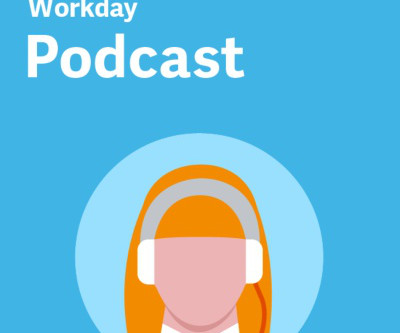The Race to Remain Relevant in a Rapidly Changing Workplace
The Perfect Hire
APRIL 16, 2024
Emerging technologies, an aging workforce, and remote work are just a few of the disrupters we all face. This is ushering in an urgent need to close skill gaps and support an agile workforce. Not only can you understand what is missing but you can develop detailed and effective career development plans to meet those gaps.
















Let's personalize your content